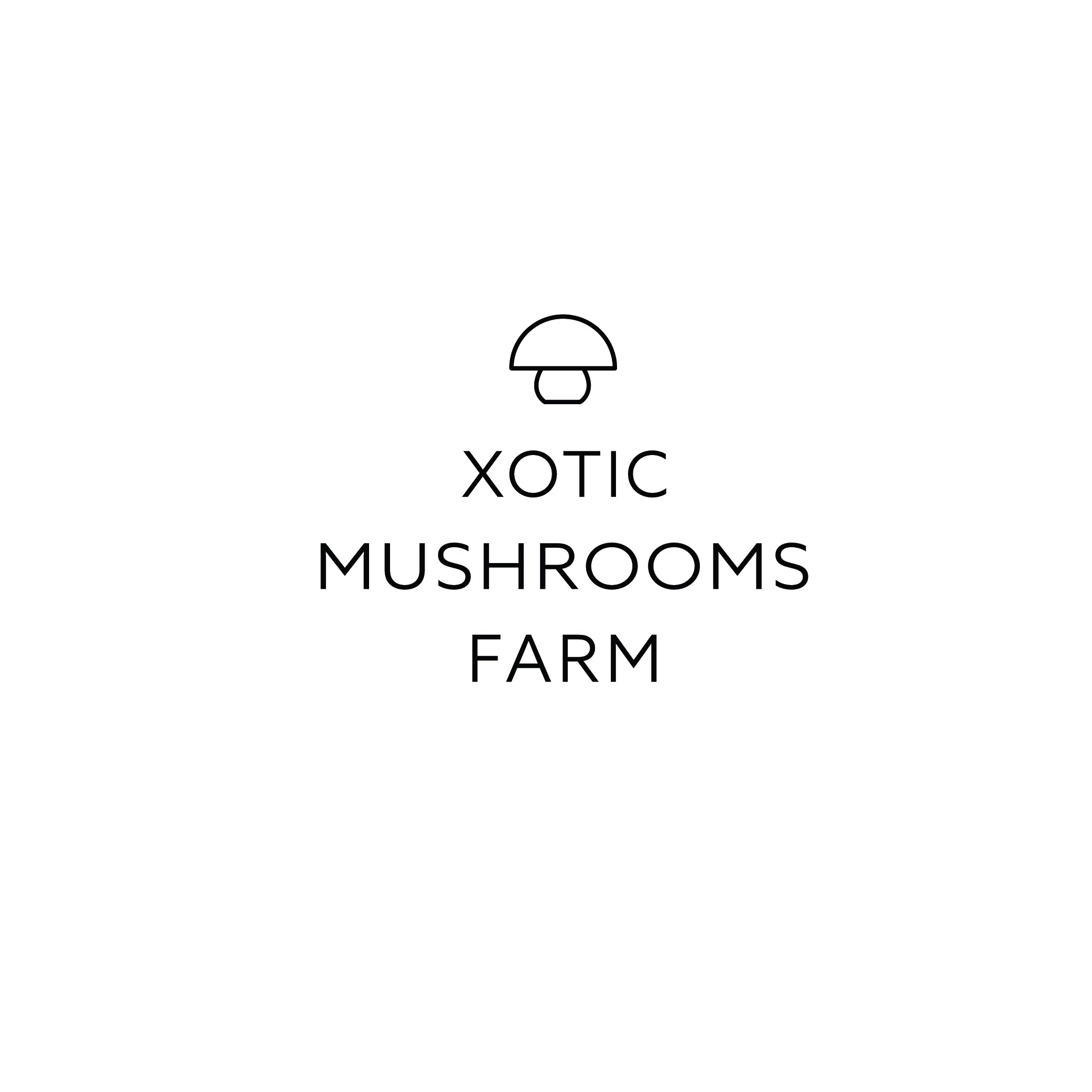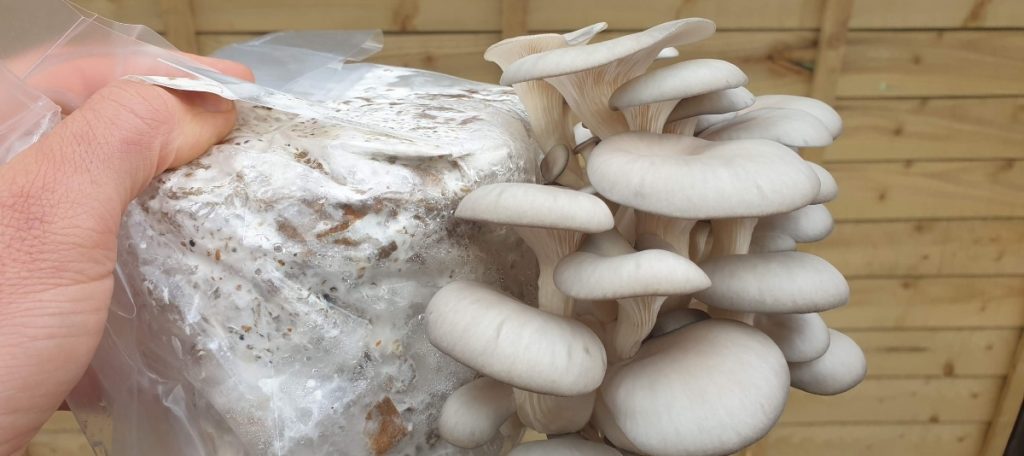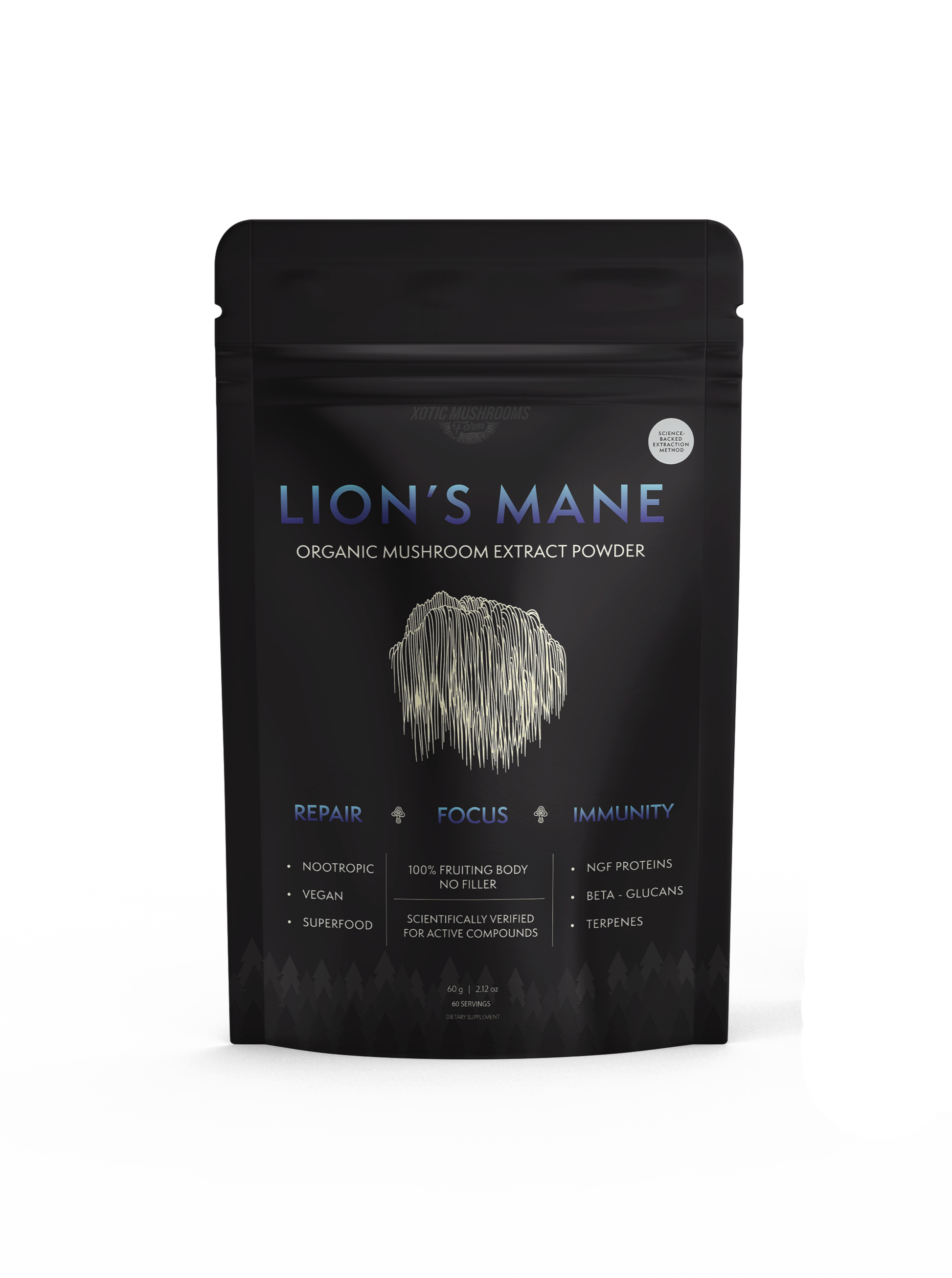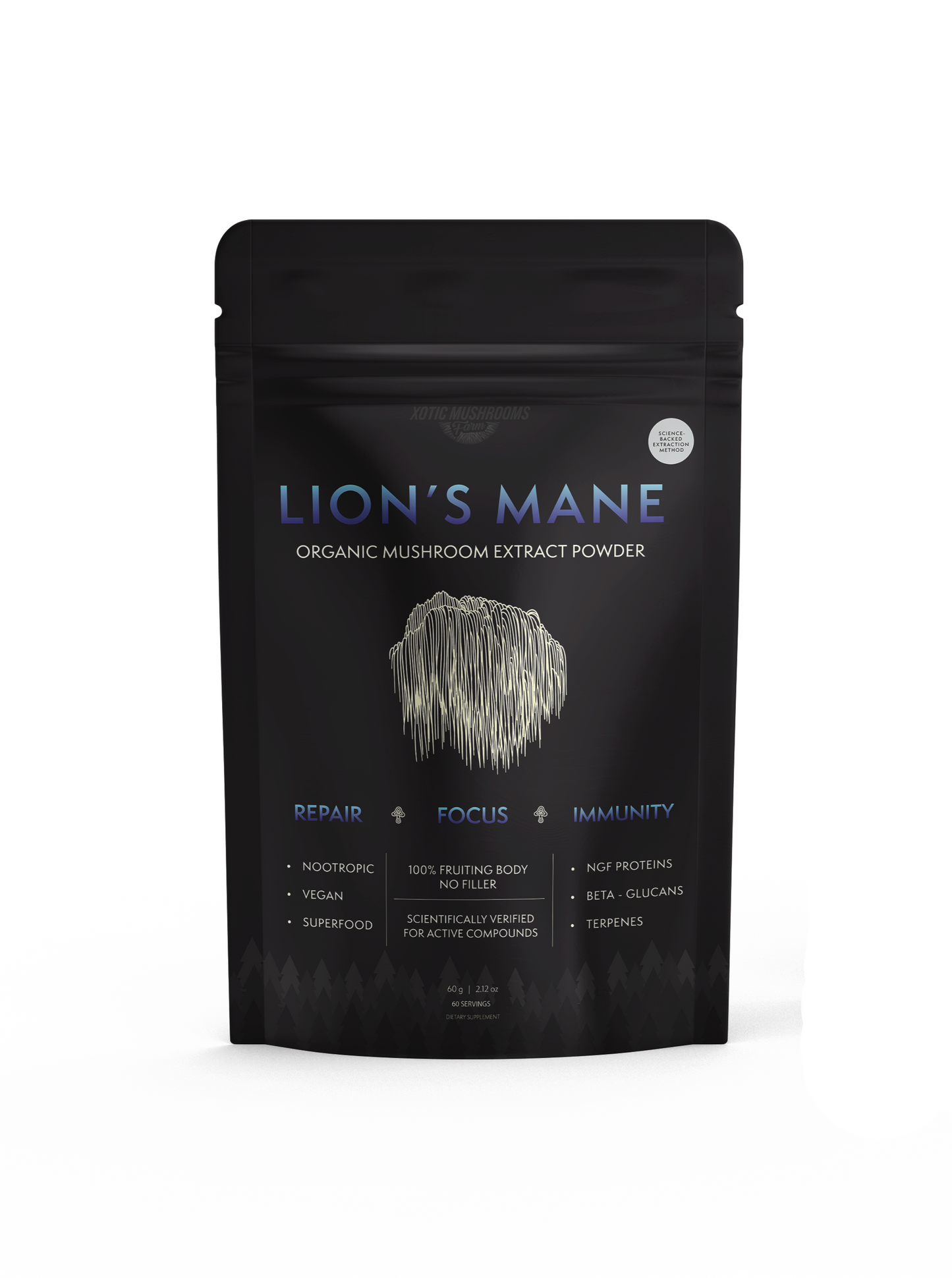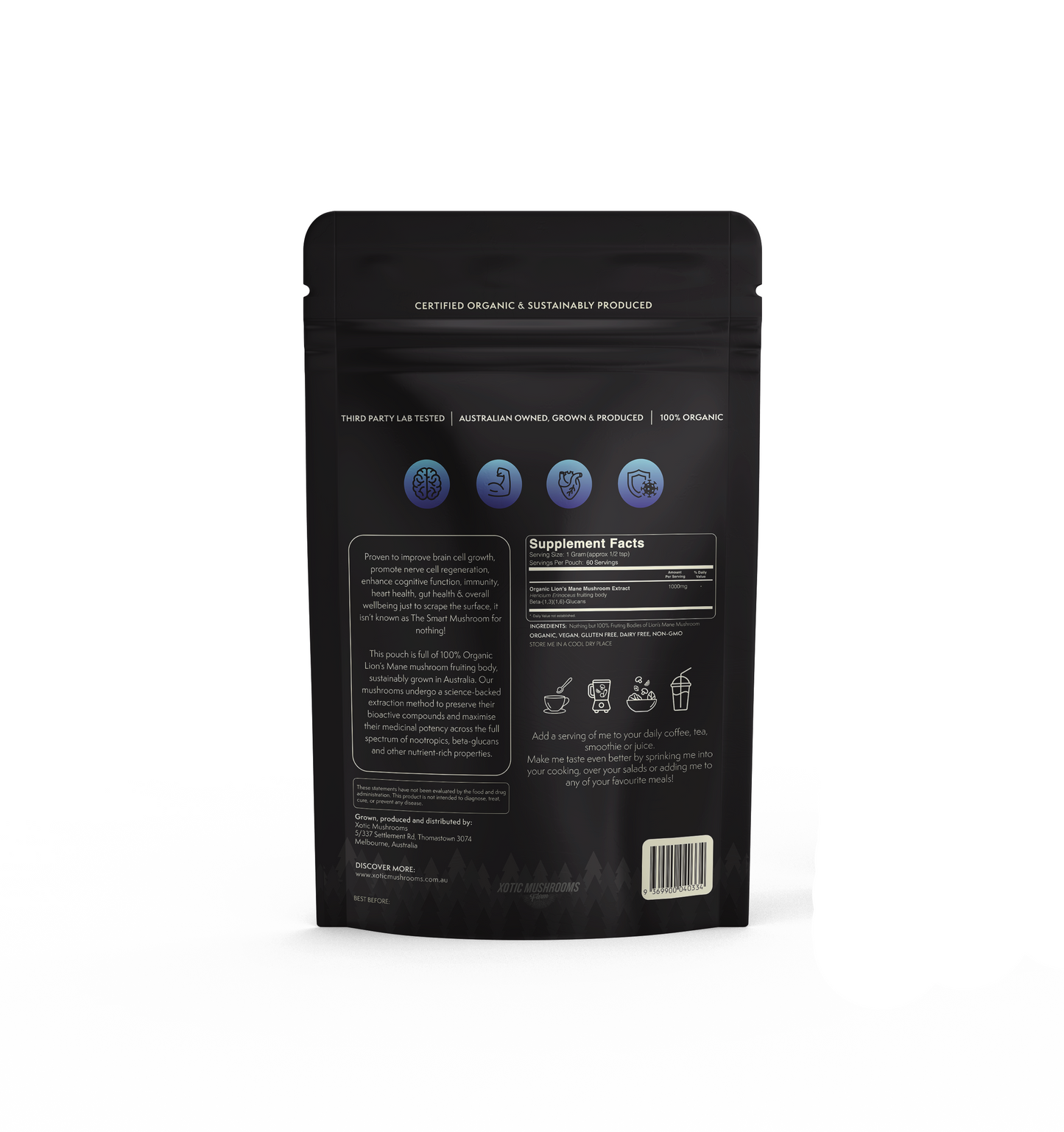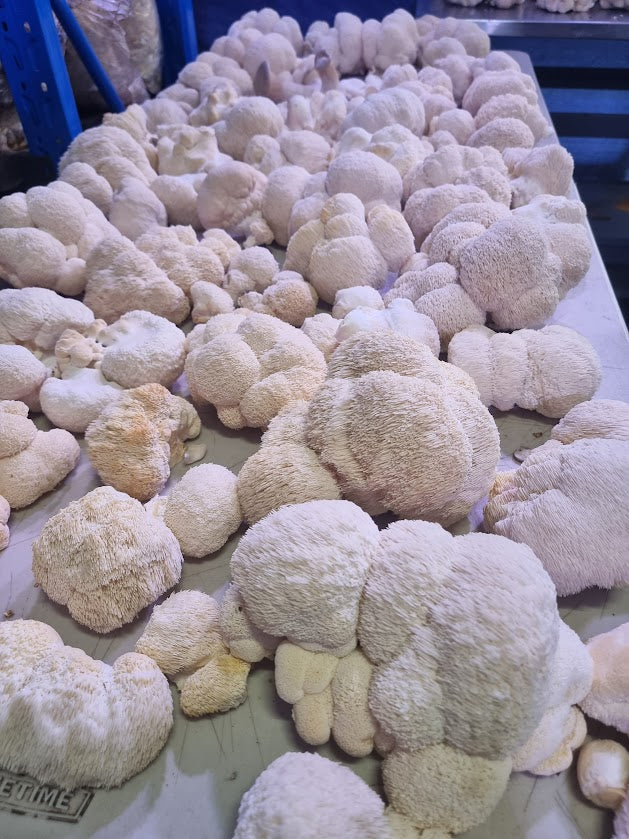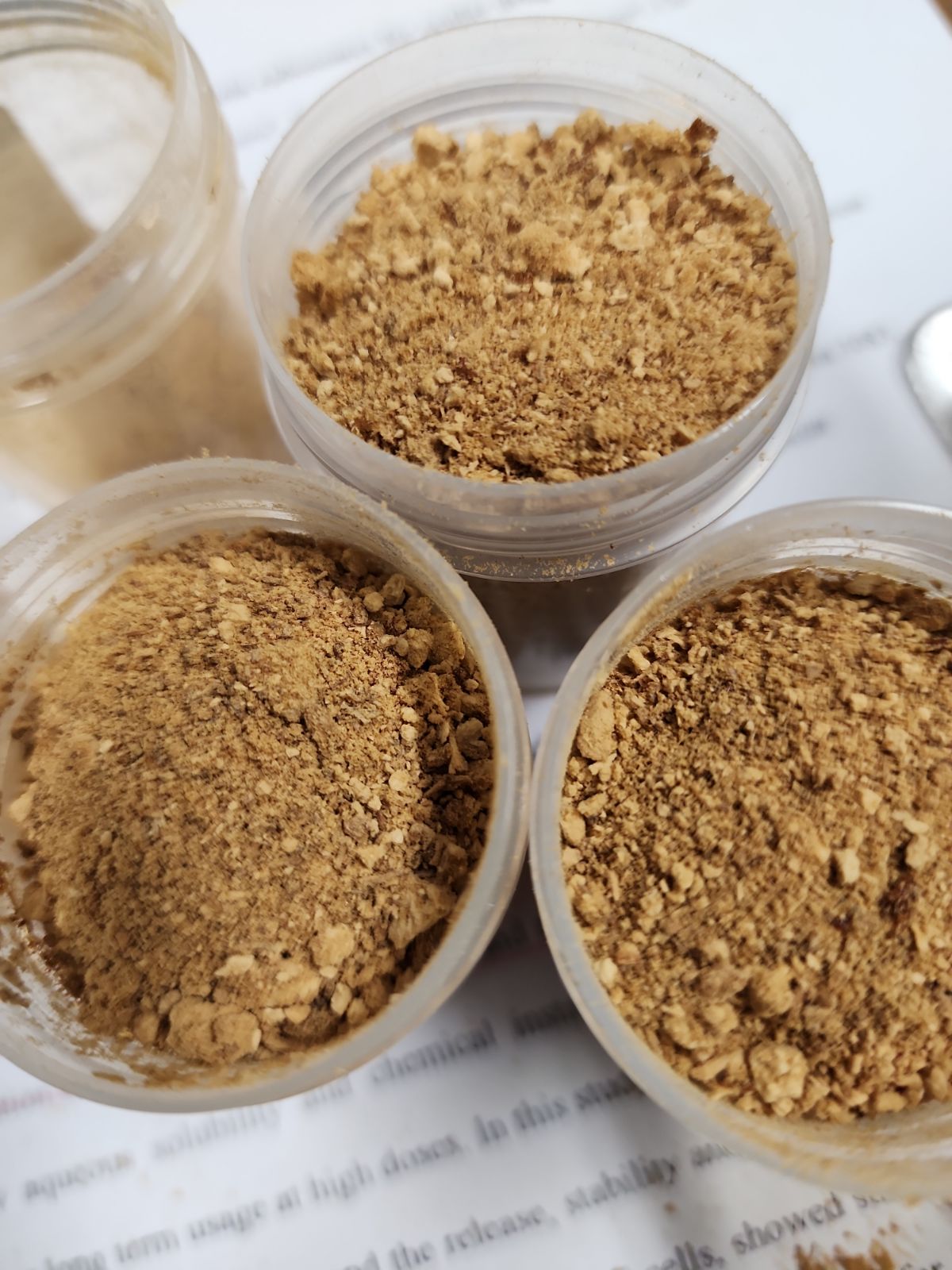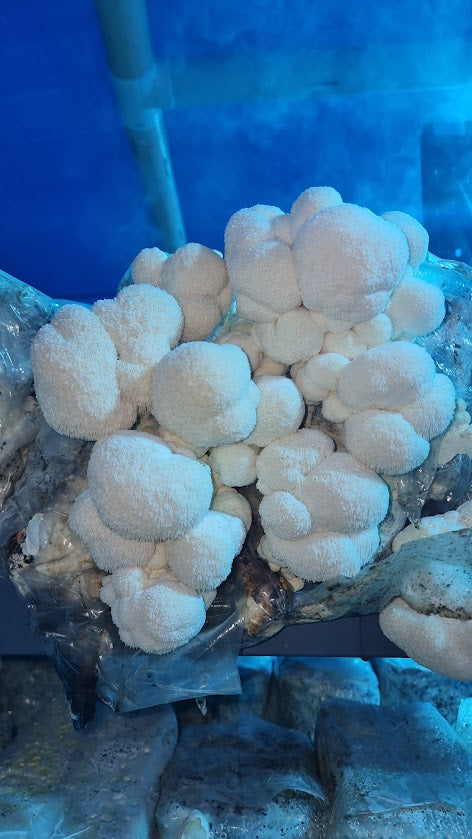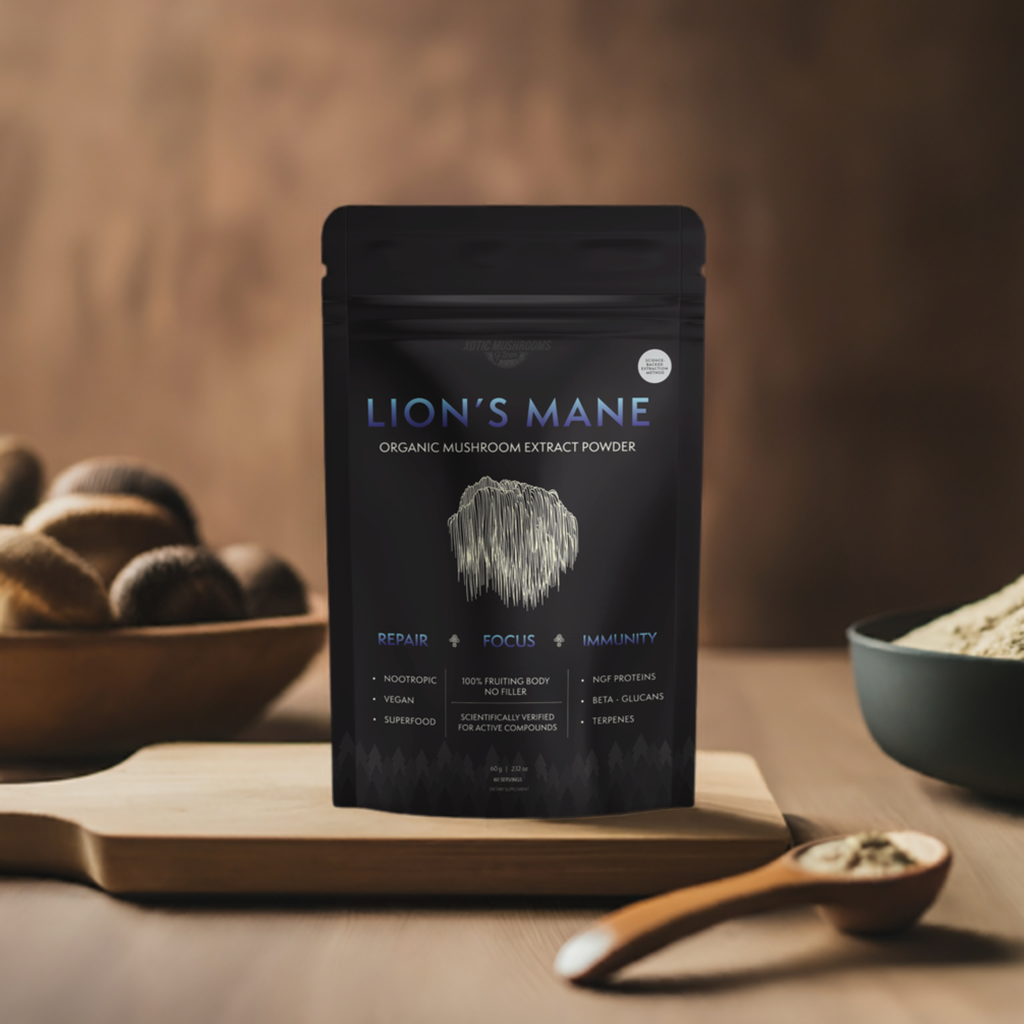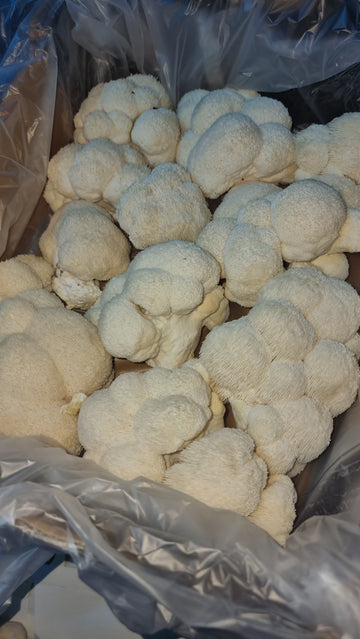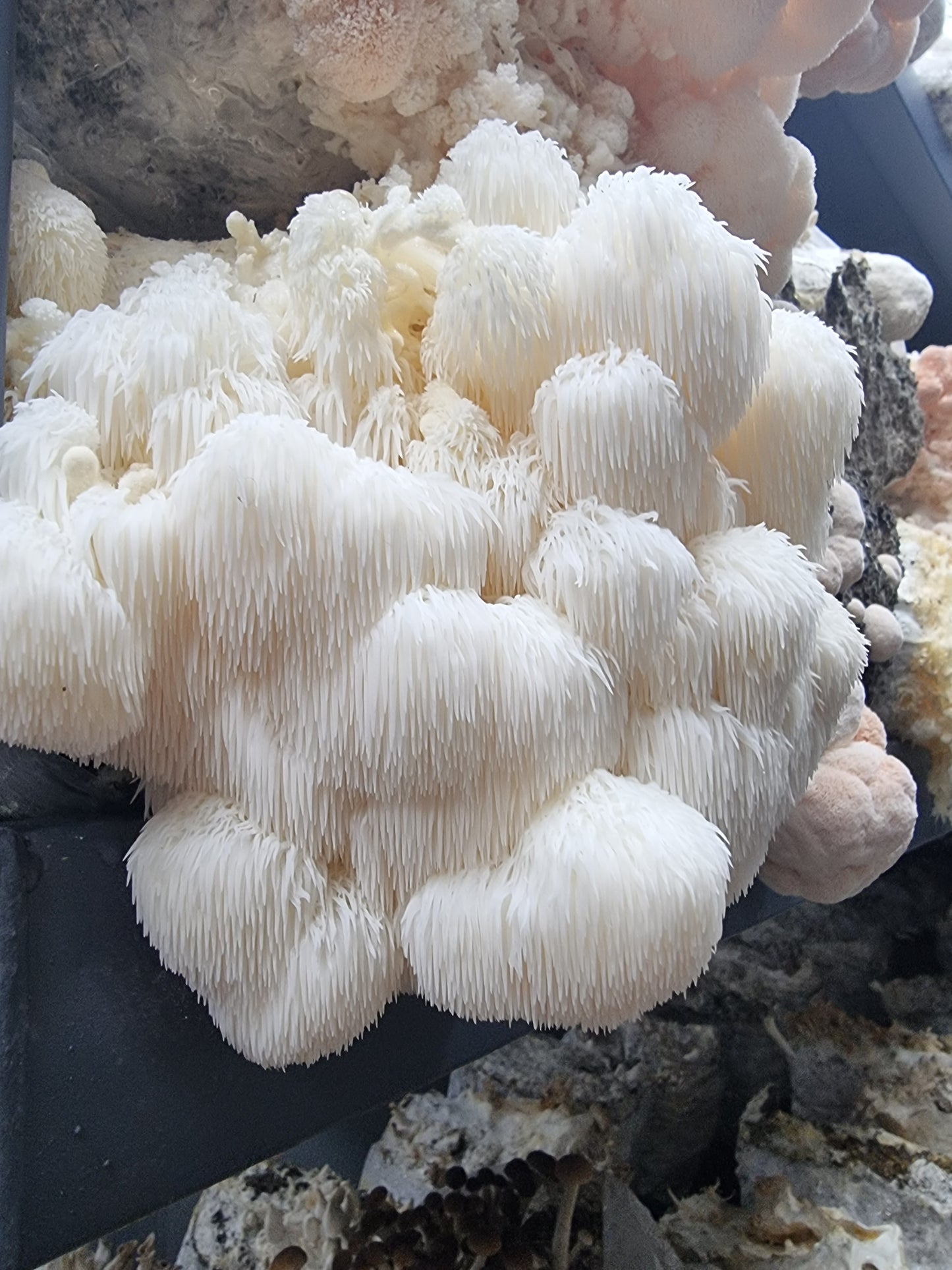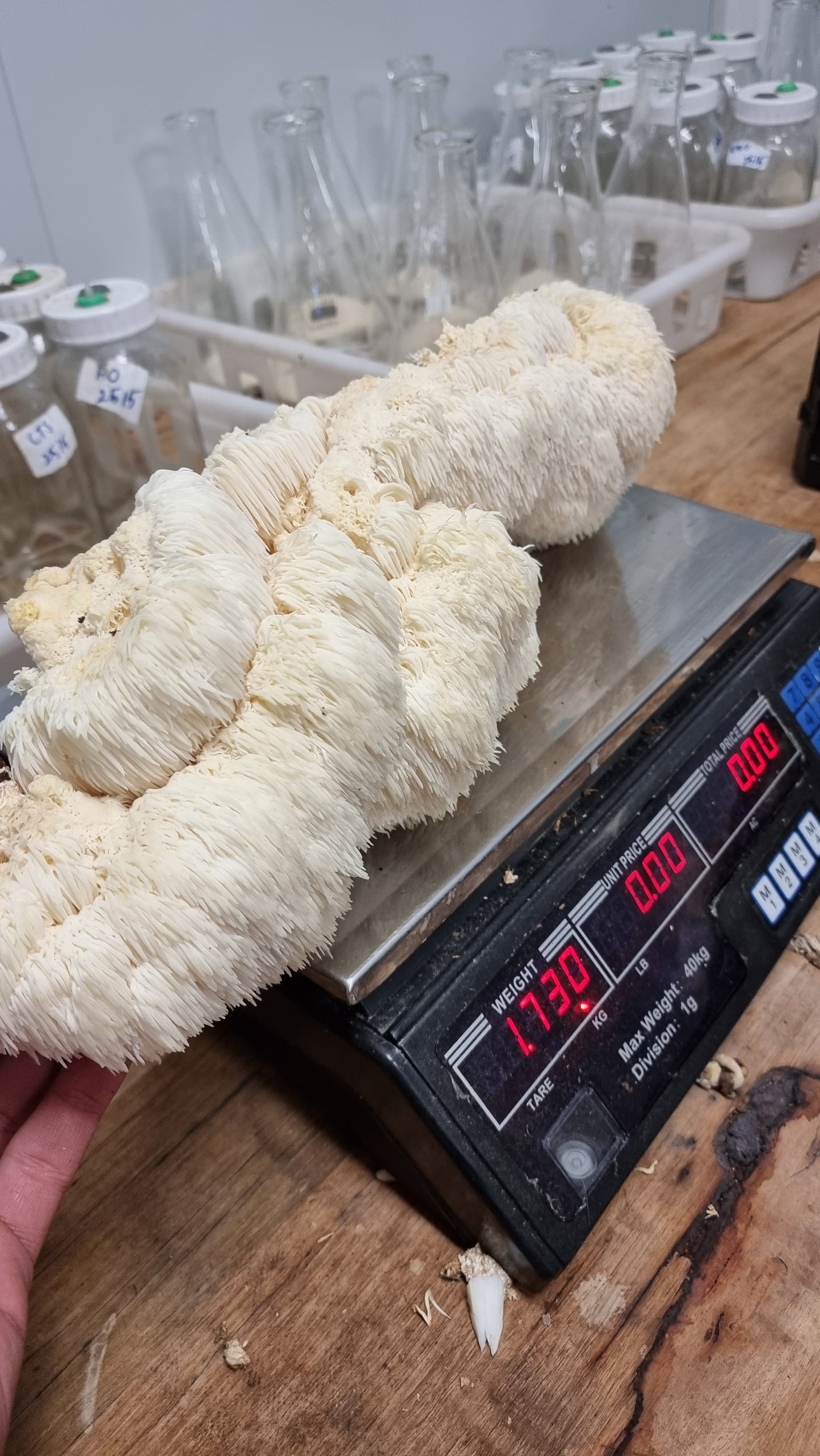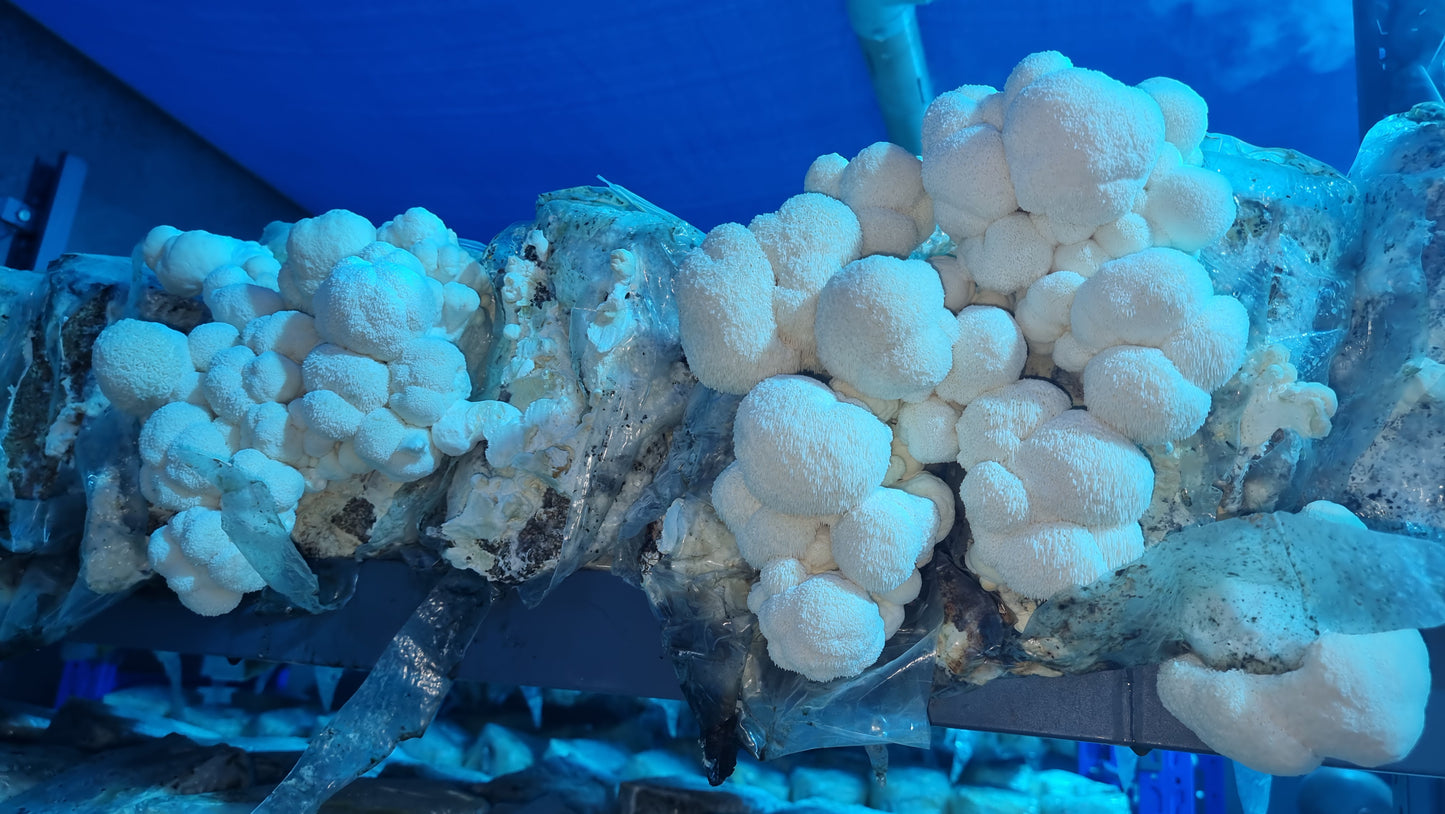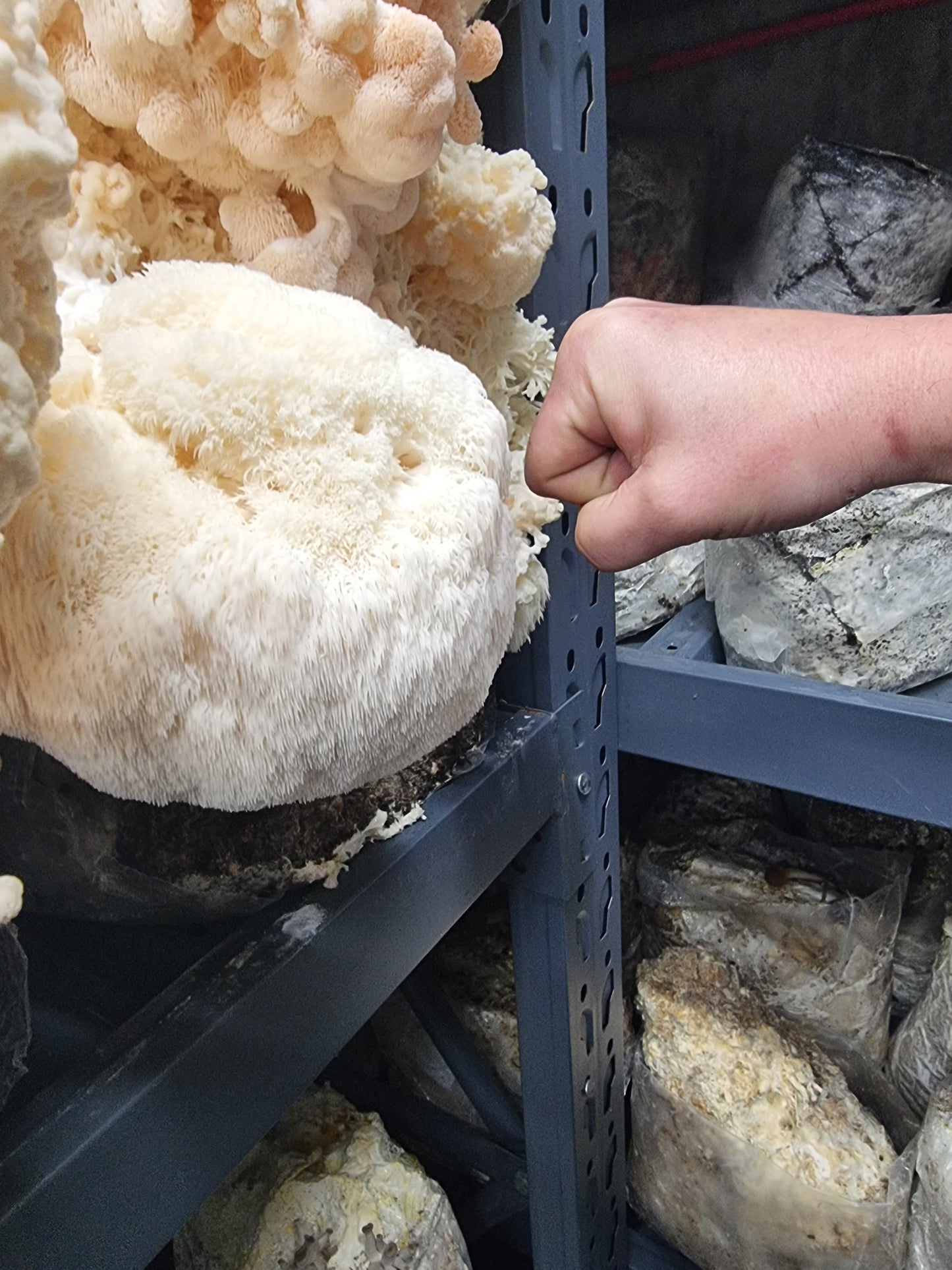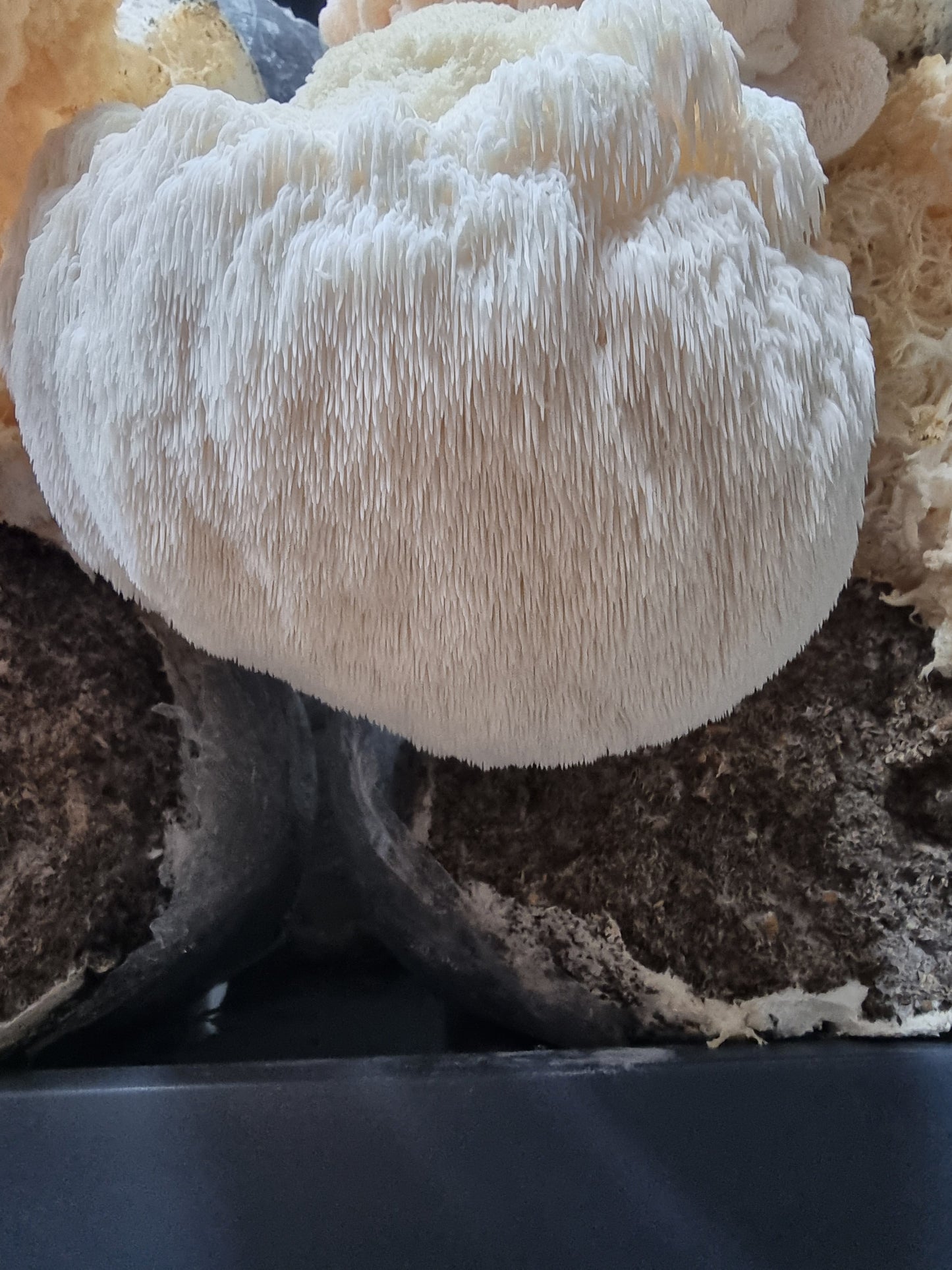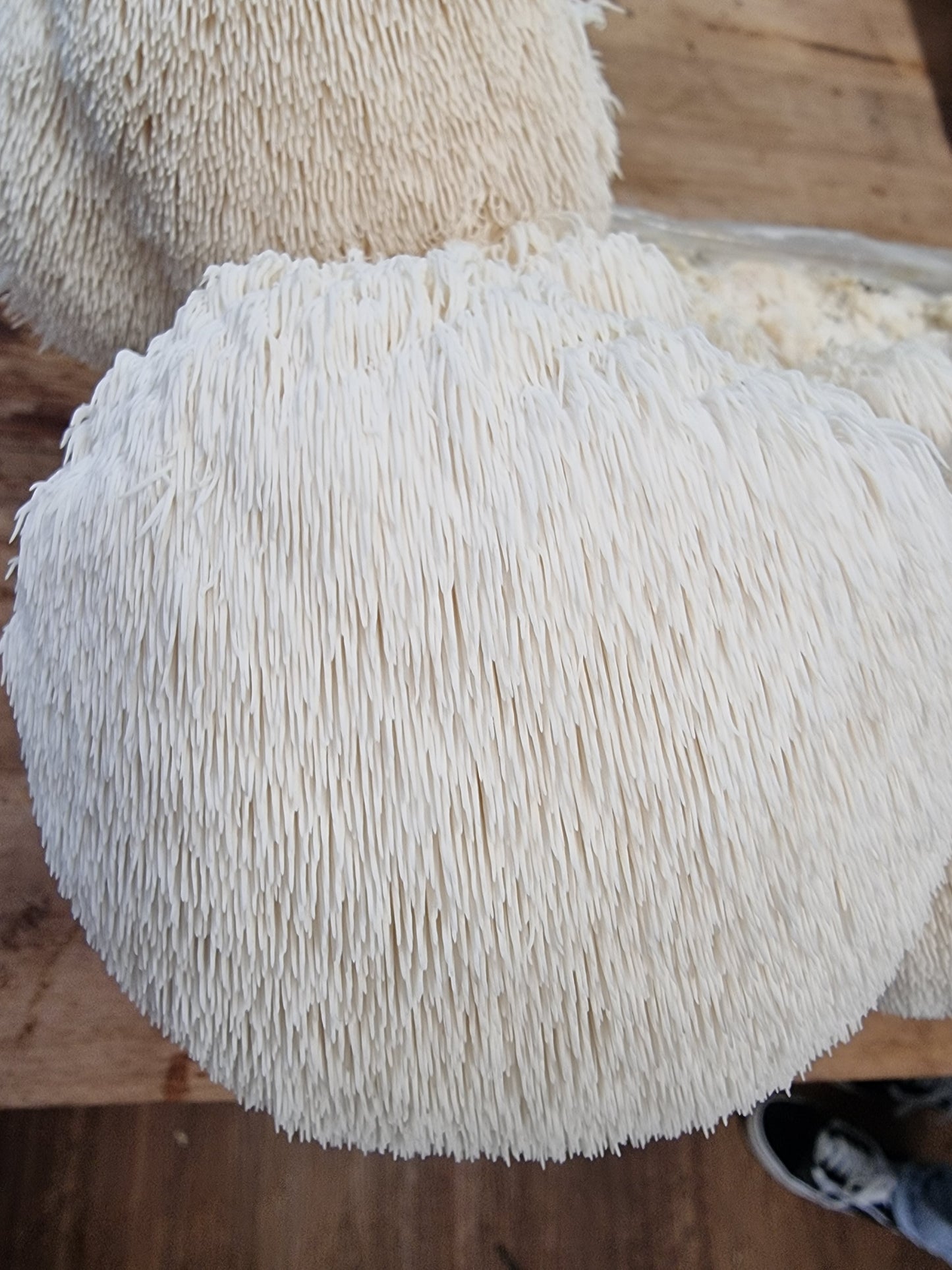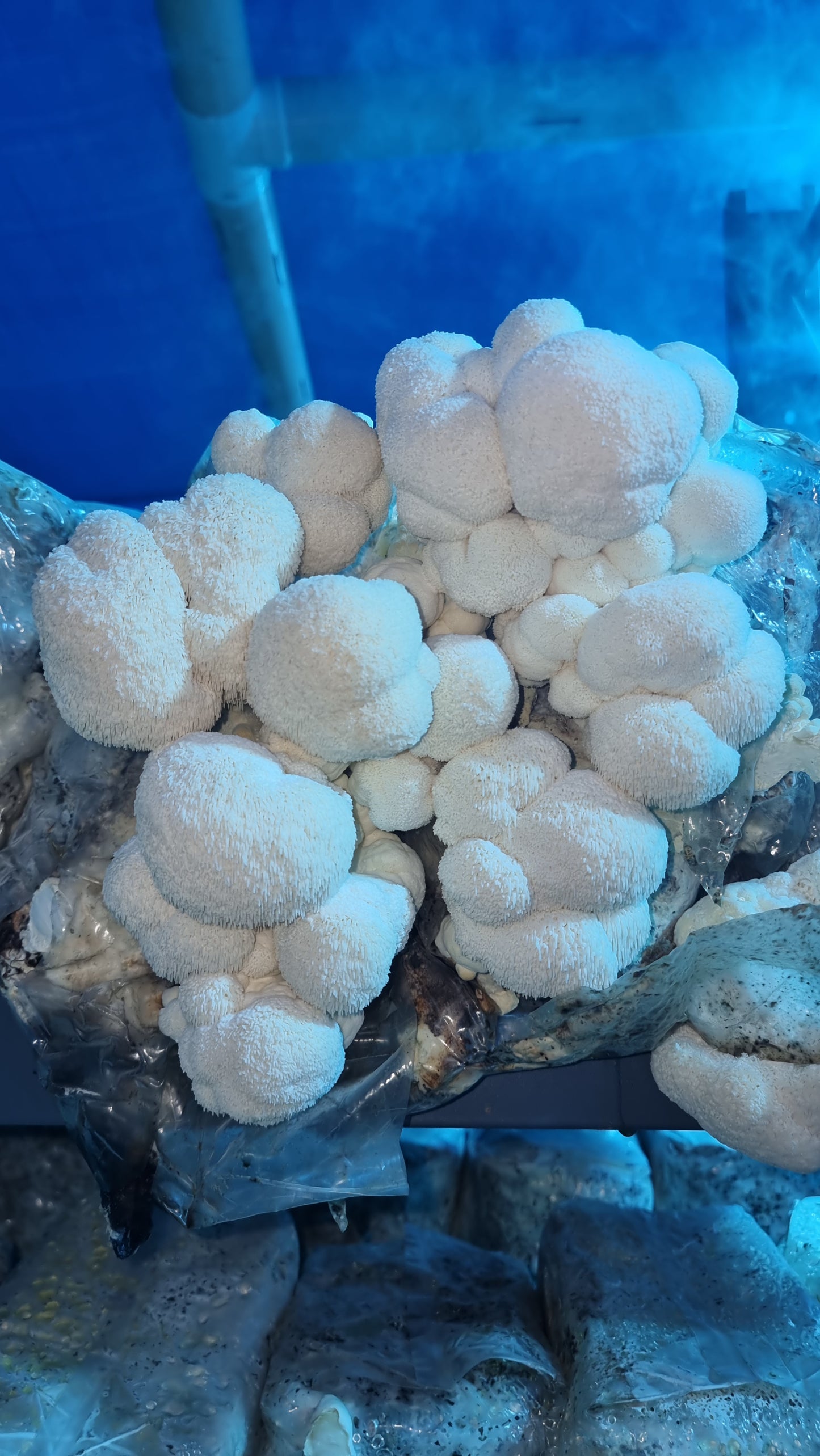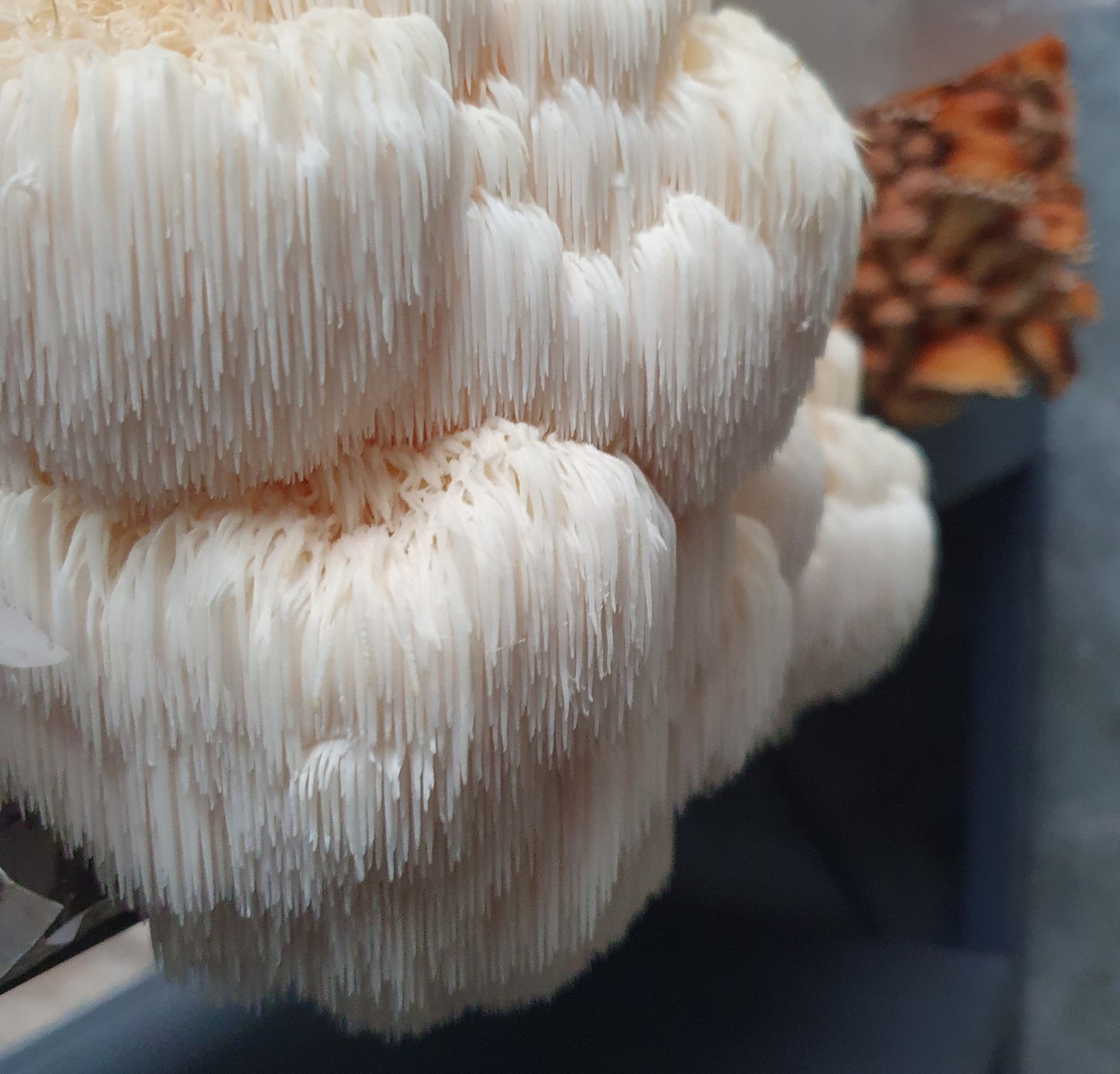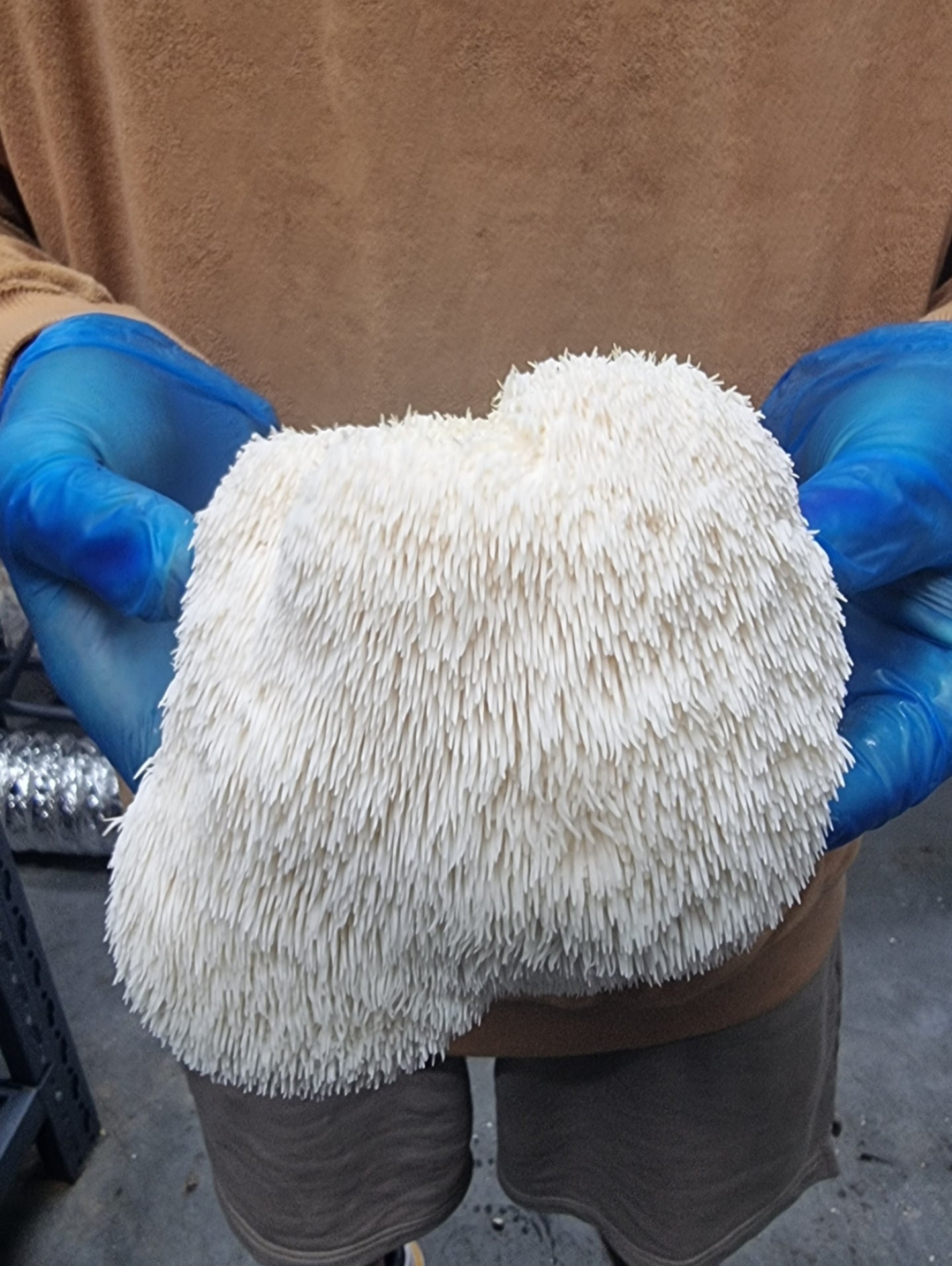Growing mushrooms can be a rewarding and fascinating hobby, but it's essential to ensure the process is free from potential threats like mould contamination.
Mould can quickly take over your mushroom kit and ruin your efforts.
In this article, we will look at the reasons behind mould formation, how to avoid mould issues, and the best practices to ensure a successful mushroom cultivation journey.
Let’s jump in!
Why Does Mould Form?
Mould forms due to the ideal growing conditions for mushrooms, which unfortunately are also inviting to other fungi, including moulds.
If there are any areas on your mushroom kit with exposed substrate and weak mycelium, they become susceptible to mould growth.
Other causes include:
- Contamination: The most common reason mold appears when growing mushrooms is due to contamination. This can occur from the substrate, spores, tools, or even the air. Spores from molds and other contaminants are everywhere, and without careful sanitation, it's easy for them to find their way into your mushroom growing operation.
- Improper Sterilization: If the substrate, which is the material on which the mushrooms grow, isn't properly sterilized, mold can easily develop. Sterilization is intended to kill any competing organisms, like molds and bacteria, to give your mushroom mycelium a clean environment to grow in. It's crucial to sterilize your substrate and to inoculate it in as sterile of an environment as possible.
- Poor Ventilation: Poor ventilation can lead to an excess of moisture, which can contribute to mold growth. Proper ventilation is crucial for healthy mushroom growth.
- Incorrect Humidity Levels: Mushrooms require a specific humidity level to grow. If the environment is too wet, it can promote the growth of mold. Conversely, if it's too dry, the mushrooms won't grow properly.
- Temperature: Each species of mushroom has a preferred temperature range for growth. If the temperature is too high, it can stress the mycelium and make it more susceptible to infection, including mold.
Why Is My Mushroom Kit Growing Mold?
Before delving into the preventive measures, let's understand some common reasons your mushroom kit might be growing mould:
- Exposed Substrate: As mentioned earlier, any section of the kit with exposed substrate and weak mycelium becomes vulnerable to mould colonization.
- Unsuitable Environmental Conditions: Warm and humid weather, particularly with temperatures between 25-30 degrees Celsius, provides a conducive environment for mould growth.
- Poor Rehydration: If the growing kit is soaked for more than 8 hours or over-hydrated mould may grow.
How To Avoid Mould Issues
Preventing mold when growing mushrooms requires attention to several key areas: cleanliness, environmental control, and careful monitoring.
Here’s how to avoid mould issues and ensure your mushroom cultivation is successful.
1. Avoid Warm Humid Weather
Mould thrives in warm and humid conditions, making it crucial to avoid growing mushrooms during such times.
Ideal temperatures for mushroom cultivation range between 16-20 degrees Celsius. If your location is prone to high humidity and temperatures above 25 degrees Celsius, consider waiting for more favorable conditions or create a controlled environment with proper ventilation and lower temperatures for your mushroom kit.
Mushrooms need a humid environment, but too much humidity can encourage mold growth. Striking a balance is key. Monitor humidity levels and adjust as needed.
2. Avoid Soils And Plants
Many moulds are present in soils and can release spores into the air. To prevent contamination, avoid placing your mushroom kit near areas with soil or indoor plants.
Keeping your growing environment clean and free from potential mould sources is vital for a successful harvest.
3. Clean Your Knife Or Cutting Implement
Before cutting open your mushroom kit, ensure your cutting tools are thoroughly cleaned with hot soapy water.
Optionally, wipe the knife with rubbing alcohol to sterilize it effectively. This simple step reduces the risk of introducing contaminants to the kit during the inoculation process.
4. Avoid Touching The Substrate And Plastic With Your Fingers
Human hands carry numerous microorganisms, including mould spores. To avoid transferring any potential contaminants to the substrate, wash your hands before handling the kit.
Alternatively, consider using disposable gloves during the process. Minimizing physical contact with the substrate and plastic further reduces the risk of mould formation.
5. Avoid Over-Watering
Over-watering can be detrimental to mushroom growth, leading to patchy mycelium development.
While mushrooms require humidity to flourish, it's essential not to keep the kit constantly wet.
The kit comes with adequate moisture for mushroom growth, and the purpose of misting is to create humidity, not to provide water. Ensure there is condensation on the plastic flaps, which indicates sufficient moisture for the mushrooms.
6. Open Your Kit As Soon As You Receive It
Storing your kit for extended periods can compromise the vitality of the mushroom mycelium. To maximize success, open and start growing your mushrooms as soon as you receive the kit. This helps ensure that the mycelium is healthy and actively colonizing the substrate.
7. Sterilize Everything
Sterilization is the first step in preventing mold growth. This includes sterilizing the substrate you're using to grow your mushrooms, the spores or spawn, and any tools or containers you'll be using.
Pressure cooking is a common method for sterilizing substrates and can be highly effective at eliminating mold spores.
8. Work in a Clean Environment
When inoculating your substrate with your mushroom spawn, work in as clean an environment as possible. This may involve working in a sterilized room or using a glove box or laminar flow hood to create a sterile environment.
9. Use High-Quality Spawn
Make sure that the mushroom spawn you're using is high quality and free of contaminants. It's usually best to purchase spawn from a reputable supplier to ensure it's clean and healthy.
10. Quarantine New Additions
If you are introducing new spawn or substrates into your mushroom farm, keep them separate from your existing set-up until you are sure they are not carrying any mold or other contaminants.
Remember that it's nearly impossible to create an entirely sterile environment outside of a lab, so the goal is to give your mushrooms the best chance at outcompeting other organisms. Don't be disheartened if you encounter mold – it's a common issue and can usually be handled with swift action and careful prevention measures.
Final Thoughts
Growing mushrooms can be a delightful and fulfilling experience, but avoiding mould contamination is crucial to achieving a successful harvest.
By understanding why mould forms, being mindful of environmental conditions, and implementing best practices, you can significantly reduce the risk of mould issues.
Remember to maintain cleanliness, handle the kit carefully, and provide suitable conditions for your mushrooms to flourish. Happy mushroom growing!
